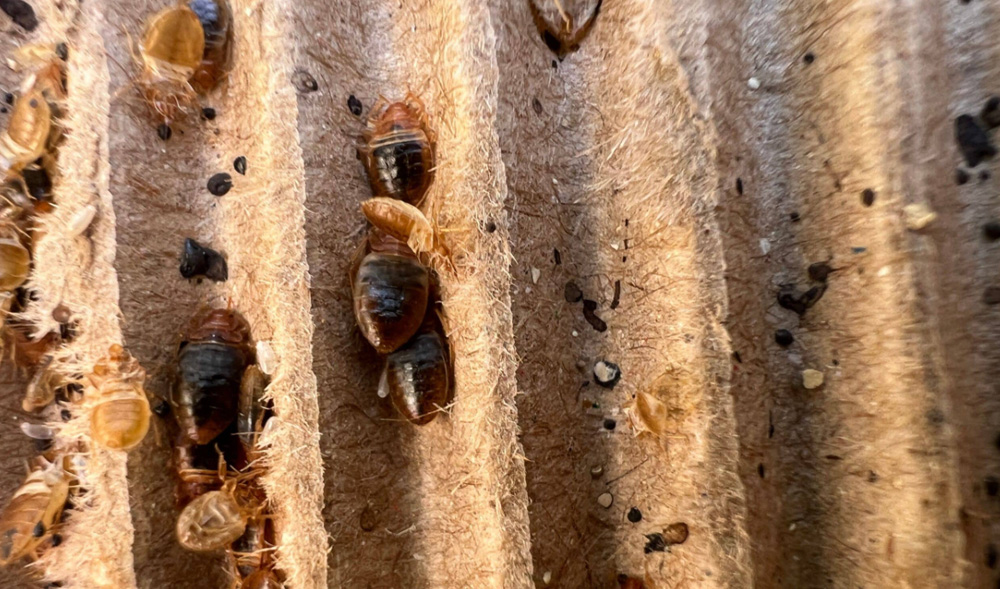Bed bug infestations can be a source of stress and frustration for homeowners, and the quest for effective eradication methods often leads to the consideration of heat treatments.
Utilizing heat to eliminate bed bugs has gained popularity due to its non-toxic nature and ability to reach hidden harborages. However, a successful bed bug heat treatment requires careful planning and execution.
Here are five tips to ensure your heat treatment is effective in eliminating these persistent pests.
Understand the Temperature Requirements
One of the critical factors in a successful bed bug heat treatment is achieving and maintaining the right temperature. Bed bugs and their eggs are sensitive to heat, and exposing them to temperatures above 120°F (49°C) can be lethal.
To ensure success, it’s essential to use equipment that can reach and sustain these temperatures throughout the infested areas.
Professional pest control companies often use specialized heating systems that distribute hot air evenly, penetrating cracks and crevices where bed bugs hide. It’s crucial to monitor the temperature closely, as variations can provide the pests with opportunities to survive and reinfest.
Prepare the Infested Area Thoroughly
Before initiating a heat treatment, thorough preparation of the infested area is essential. Clutter provides hiding spots for bed bugs, so decluttering the space is crucial to expose the pests to the heat effectively.
Remove bedding, clothing, and any items that could shield the bugs from the heat.
This step is not only practical for the treatment but also helps prevent the spread of bed bugs to other areas during the process.
Additionally, ensure that all electronic devices and heat-sensitive items are either removed or properly protected. Heat treatments can be harsh on certain materials, so taking precautions will prevent damage to belongings.
Monitor and Inspect During Treatment
While the heat treatment is in progress, it’s crucial to continuously monitor the temperature and inspect the treated area. Professional pest control technicians use temperature probes to ensure that all parts of the space reach the required temperatures.
Regular inspections help identify any cool spots or areas where bed bugs may be escaping the heat.
It’s advisable to conduct heat treatments in stages, focusing on one section of the infested area at a time. This approach ensures that the entire space receives adequate heat exposure, leaving no refuge for the resilient bed bugs.
Consider Complementary Treatments
While heat treatments are highly effective, combining them with other pest control methods can enhance overall success. For example, vacuuming before the heat treatment can remove live bugs and eggs, reducing the bed bug population before initiating the heat process.
After the heat treatment, residual pesticide applications in key areas can provide ongoing protection against potential reinfestations.
Integrated pest management strategies that incorporate heat treatments along with other proven techniques create a comprehensive approach to bed bug eradication.
Post-Treatment Evaluation and Prevention
After completing the heat treatment, it’s crucial to assess its effectiveness and take preventive measures to avoid future infestations.
Conduct thorough post-treatment inspections to ensure that all signs of bed bugs, including live bugs, eggs, and fecal matter, have been eliminated.
Implement preventive measures such as sealing cracks and crevices, using bed bug-proof mattress encasements, and maintaining cleanliness to minimize the risk of future infestations.
Regular monitoring and early detection can prevent small bed bug issues from escalating into full-blown infestations.

